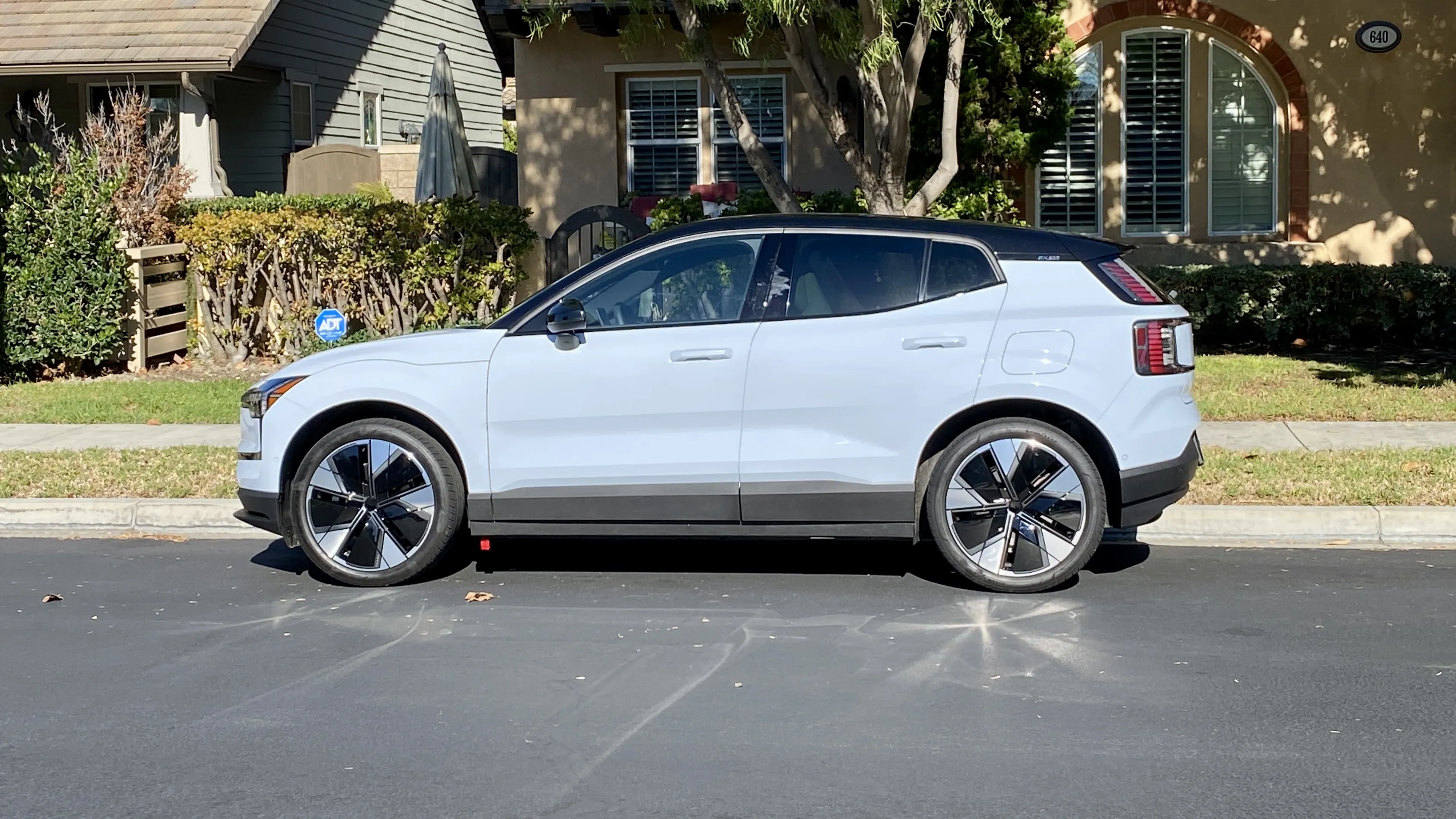[ad_1]
In a life cycle evaluation of the Volvo EX30 electrical automobile launched Thursday, the automaker underscored that its upcoming compact EV has the bottom carbon footprint of any electrical Volvo but.
The crew behind the EX30 evaluation checked out two EX30 variations—one with the 69-kwh lithium nickel cobalt manganese oxide (NMC) battery pack, the opposite with the 51-kwh lithium iron phosphate (LFP) battery pack. And it pointed to a really important distinction that makes the LFP model by far the greener choose.
“The NMC battery has an influence that’s nearly twice as excessive because the LFP battery, per pack,” Volvo summed, whereas it solely gives 35% extra capability.
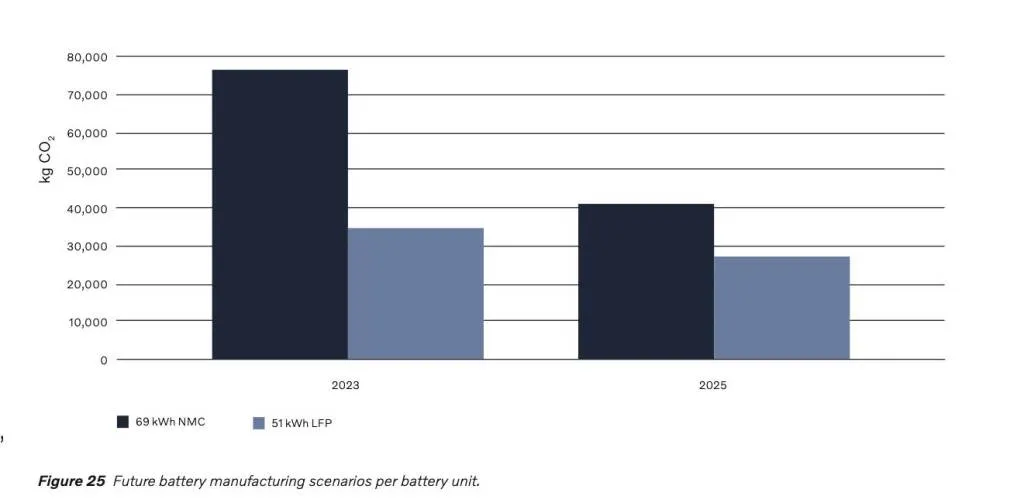
Volvo EX30 NMC vs LFP battery manufacturing CO2, future potential good points
That stated, there’s a giant asterisk to this conclusion pointing to the greenest EX30: People can’t select it.
The LFP determination seems to transcend the EX30 as effectively. U.S. Volvo spokesperson Russell Datz confirmed to Inexperienced Automobile Experiences that “it’s not presently in Volvo’s plans to supply LFP batteries within the U.S.”
Volvo plans to supply the EX30 with solely the bigger NMC pack, for an EPA-rated 275 miles in single-motor rear-wheel-drive type or 265 miles with dual-motor all-wheel drive.
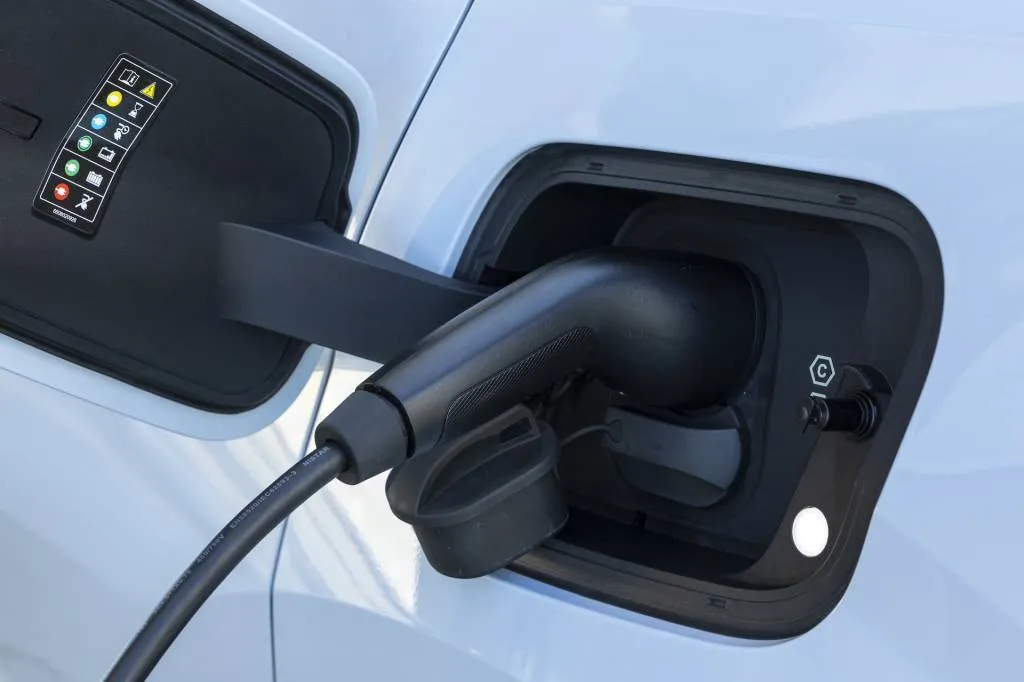
2025 Volvo EX30 electrical SUV (single-motor, Cloud Blue)
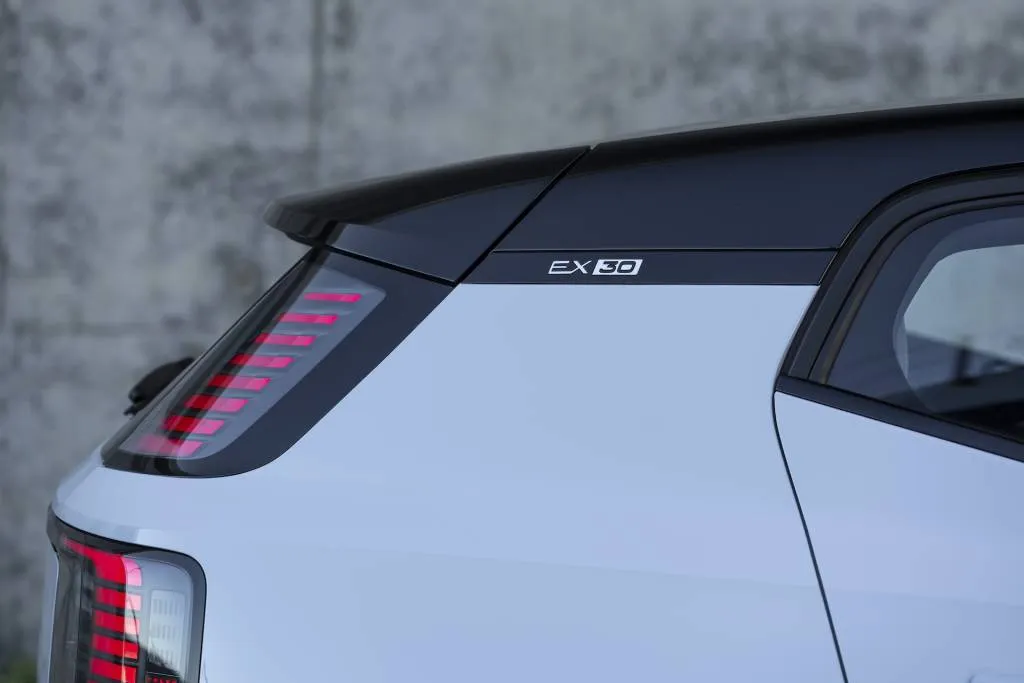
2025 Volvo EX30 electrical SUV (single-motor, Cloud Blue)
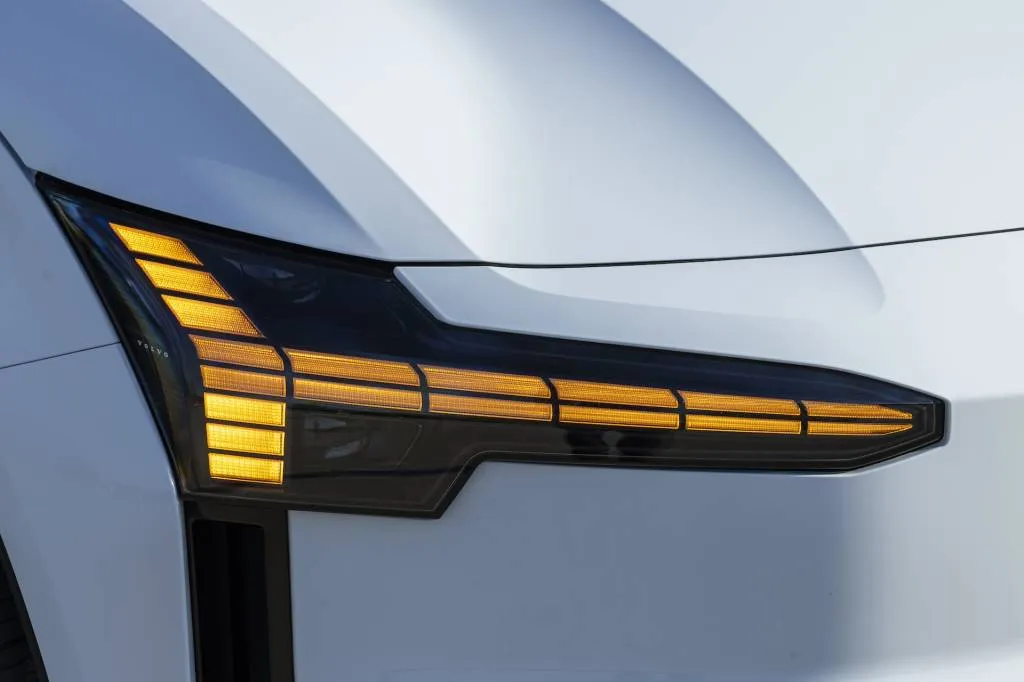
2025 Volvo EX30 electrical SUV (single-motor, Cloud Blue)
LFP pack for Europe and China has half the CO2 influence
The EX30 evaluation stays one of many first such stories, following on the heels of carbon footprint research of the Volvo XC40 Recharge and Polestar 2. Volvo notes that this one builds and additional develops the methodology in these earlier stories and says that one of many targets of that is so it may be used to “make knowledgeable choices.”
Whereas it’s possible that many automakers preserve such information and methodology for inner stories—or for information to be touted to shareholders in small items in sustainability stories—Volvo is without doubt one of the few automakers making them publicly out there. Tesla contains some features of life cycle evaluation, together with EV battery longevity, in its Impression Report, however that hasn’t been launched since 2022.
Volvo discovered the lifetime CO2 of the EX30, primarily based on 200,000 km (124,000 miles), to be 36,000 kg and 31,000 kg, for the NMC and LFP variations, respectively. With the identical methodology utilized, Volvo had calculated the lifetime CO2 of the XC40 Recharge to be 54,000 kg of CO2 equal.
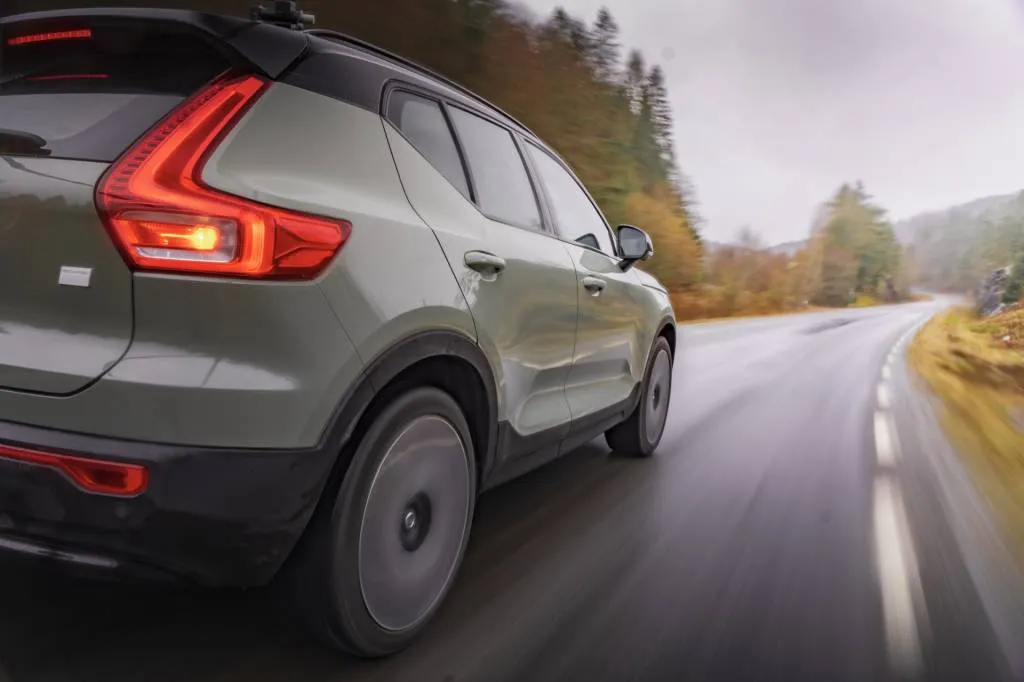
2024 Volvo XC40 Recharge
To match that to a gasoline-fueled internal-combustion mannequin, Volvo’s earlier report on the XC40 Recharge pegged a gasoline model at 58,000 kg.
In a chart of whole influence per life cycle part, Volvo reveals that the best part is in fact the use part itself. With larger automobile use, the influence per mile (or km) retains lowering—to the diploma that total CO2 from all levels, per mile (or km), is simply 65% assuming a 300,000-km lifetime (186,000-mile) than the report’s 150,000-km (124,000-mile) baseline.
It additionally notes, as Inexperienced Automobile Experiences has identified in numerous methods, EVs begin with a bigger carbon footprint that pays again via the lifetime of the automobile, and your EV is as clear because the grid you plug into, and the efficient EX30 carbon footprint is much decrease if the grid is powered by renewable sources like wind versus the projected composite world electrical energy combine.
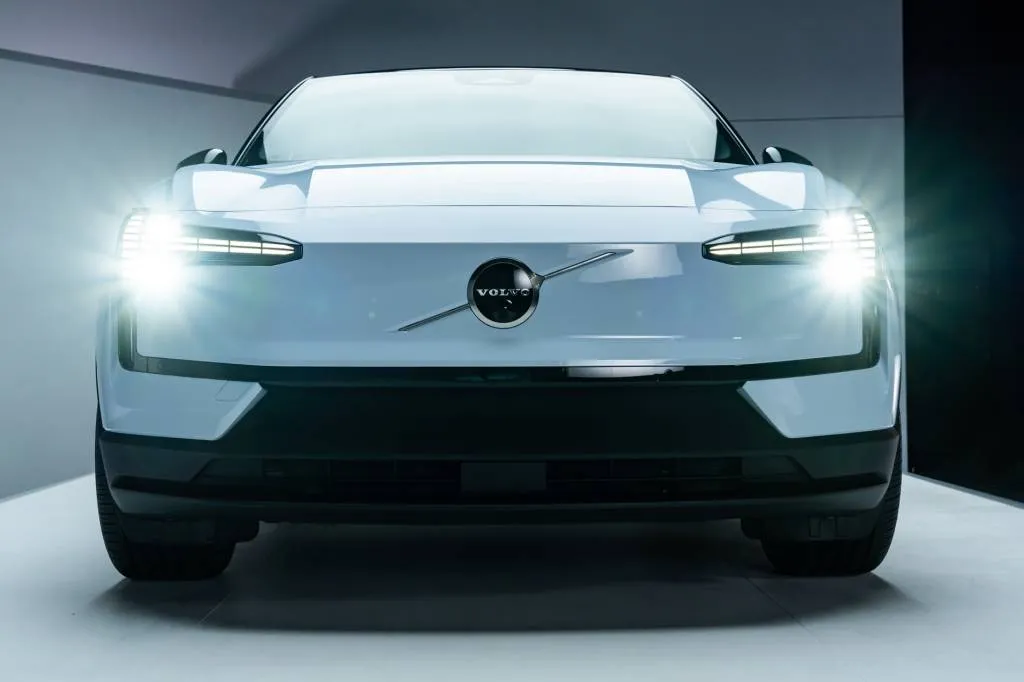
2025 Volvo EX30
Small automobile, massive battery footprint—by weight, and by CO2
It is common that the battery pack within the EX30 constitutes almost 1 / 4 of its curb weight. The larger-capacity NMC pack contributes 858 kilos towards the EX30’s roughly 4,000-pound weight, whereas the smaller LFP pack weighs 902 kilos. Volvo notes that two completely different suppliers make the NMC cells, so it’s cut up the distinction between the 2.
On the supplies entrance alone, 44% of the CO2 footprint for the NMC model of the EX30 is within the battery pack. However the LFP benefit isn’t down to only that; Volvo says that per kwh, LFP cells have about half the carbon influence associated to manufacturing. And the EX30 with LFP cells can be about 2% extra environment friendly within the use part.
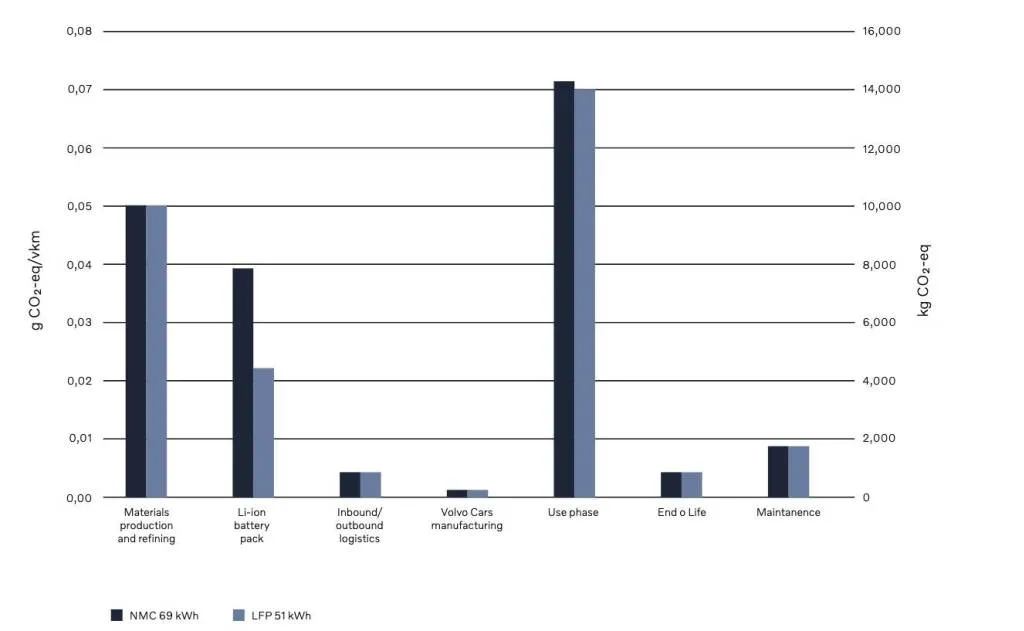
Volvo EX30 lifetime CO2 associated to varied phases
Though the battery pack is the biggest single carbon-intensive part within the automobile, by far, Volvo factors to the general weight of the automobile and the steadiness of supplies as being associated each to the EX30’s environmental influence and ease of manufacture. About 55% of its weight is from aluminum, metal, and iron, which contribute 58% of the autos local weather influence not counting the battery pack.
Materials manufacturing and refining, manufacturing logistics, and the manufacturing of the autos themselves all contribute considerably, too. At present, the EX30 is constructed at one manufacturing facility in Zhangjiakou, China.
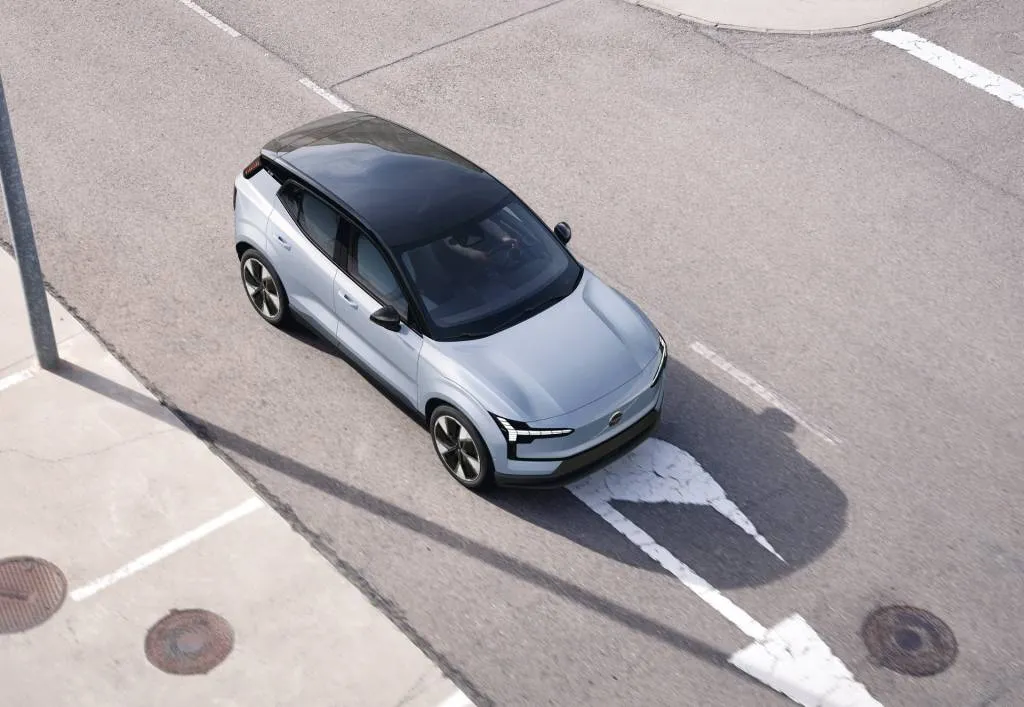
2025 Volvo EX30
All stated, 16% decrease CO2 for EX30 LFP model
Carried out to all the automobile, factoring in these different manufacturing and supplies features plus use, end-of-use, and extra, the EX30 with the LFP pack has a carbon footprint 16% decrease than the mannequin with the NMC battery.
To border it one other method, primarily based on these XC40-family outcomes, switching from the NMC to an LFP pack, in markets the place it is provided, would possibly feasibly replicate a larger enchancment in lifetime CO2 than shifting from an equal gasoline mannequin to an NMC EX30.
It reinforces why some automakers have been steering in direction of LFP battery tech. But Tesla has stalled on the Mannequin 3 solely in its U.S. rollout of the chemistry, and Ford and Rivian, amongst others, aren’t rolling out the tech as shortly as initially touted.
The examine begins with a baseline 15-year, 124,000-mile automobile lifespan, with half of the overall automobile mileage collected within the first 5 years. It seems to be at cradle-to-grave emissions and does assume for the altering of wearable gadgets like tires and wipers, however not potential accident harm alongside the best way. Electrical energy use itself relies on the WLTP driving cycle, including losses; since that cycle tends to be very optimistic about effectivity versus real-world outcomes, considerably extra power is likely to be wanted in actuality.
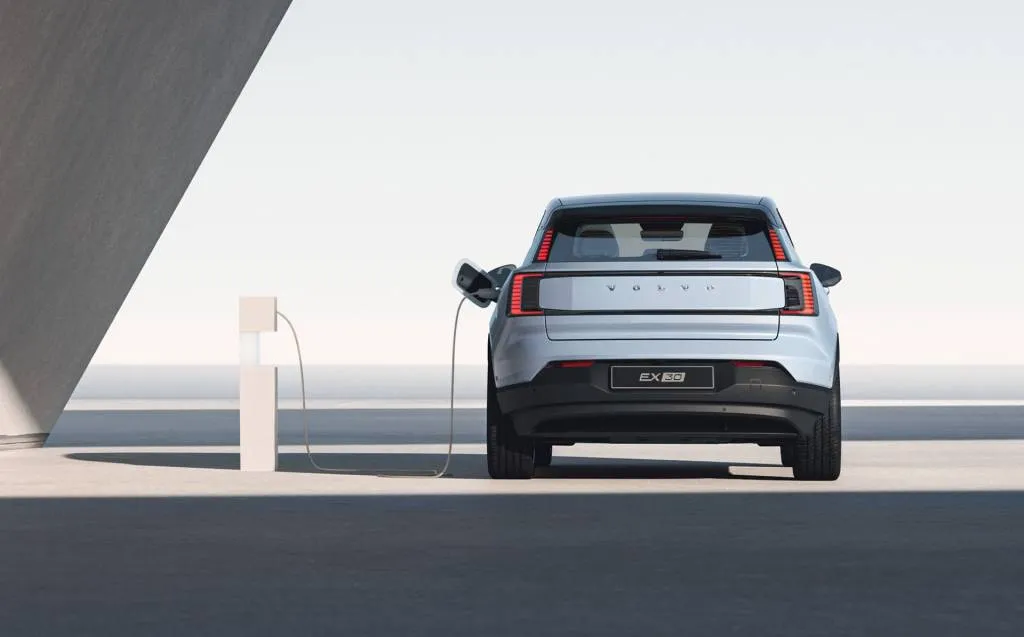
2025 Volvo EX30
Varied projections are additionally used not solely in what the worldwide power combine will appear to be by then but in addition how built-out capabilities for extracting probably the most from recycled autos is likely to be by then.
The EX30 may additionally provide the bottom carbon footprint of any Volvo ever, but it surely’s not attainable to match these numbers again to the model’s earlier fashions, which carried a status for longevity. Let’s hope the EX30 lasts as lengthy.
[ad_2]

